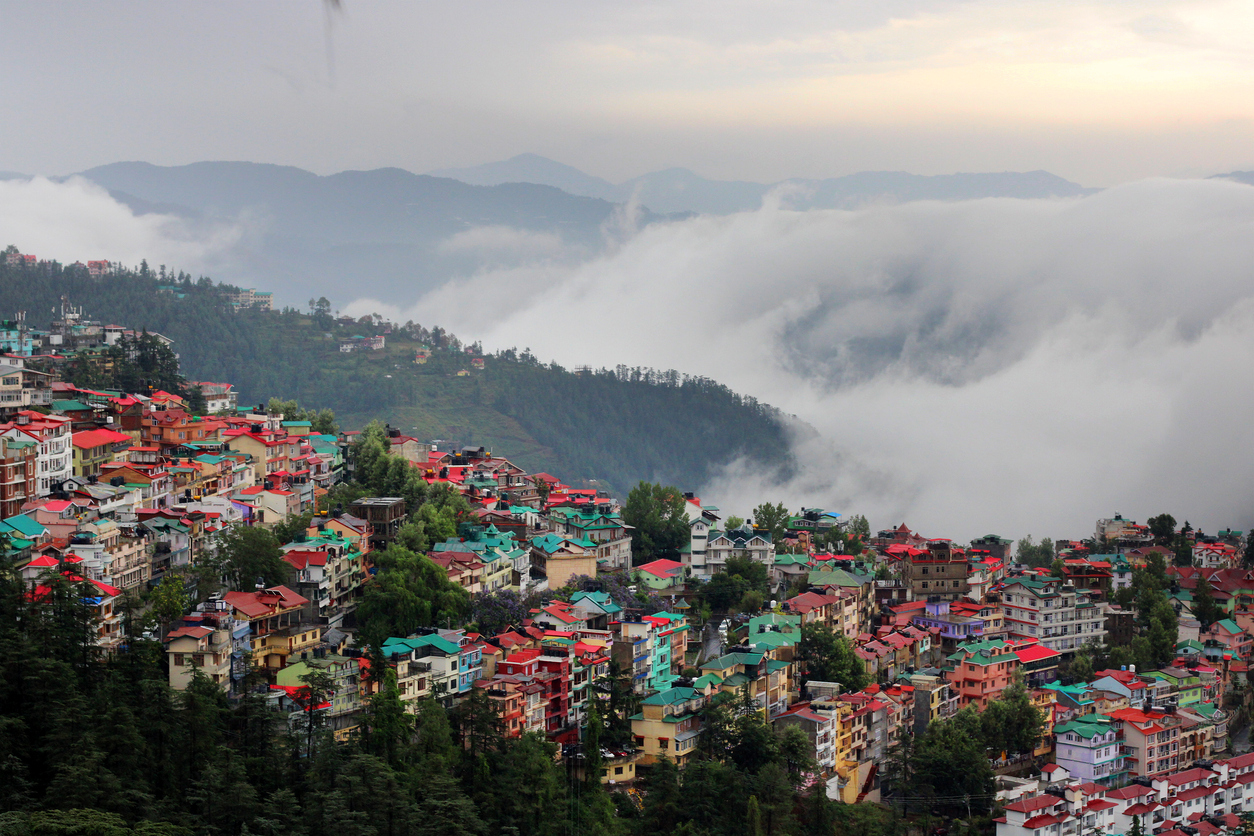Homestays can help with Himalayan sustainability
Homestay in the Himalayas is a rapidly emerging concept that goes beyond sightseeing. It focuses on making real connections with people, culture, and nature as part of the travel experience.
Managing the Himalayan ecosystem’s sustainability is critical not only for preserving its pristine beauty and spectacular landscape but also for ensuring the ecological security of the entire Indian subcontinent.

Photo: iStock
Urbanization in the Himalayas: The Indian Himalayan Region (IHR) occupies a strategic position along the entire northern and north eastern boundary of the country and administratively covers 10 states in its entirety; Jammu and Kashmir, Himachal Pradesh, Uttarakhand, Sikkim, Arunachal Pradesh, Nagaland, Manipur, Mizoram, Tripura, Meghalaya and to state partially the hill districts of Assam and West Bengal. The region has wide-ranging ecological and social economic significance.
The Himalayas however are facing environmental problems on account of various factors including the stress caused by anthropogenic activities. Even the Himalaya ecosystem falls under the most vulnerable category. Therefore the environmental issues being faced by IHR are of critical importance. Managing the Himalayan ecosystem’s sustainability is critical not only for preserving its pristine beauty and spectacular landscape but also for ensuring the ecological security of the entire Indian subcontinent.
Advertisement
Urbanization in the Himalayas
Advertisement
According to International Centre for Integrated Mountain Development (ICIMOD) and the World Bank, continued expansion in urban settlements and influx of visitors to the mountains is creating pressure on the environment of these regions. People are now visiting the mountains more often and creating a lot of solid waste which is being deposited in the Himalayan region and disturbing the natural environment of it. The absence of proper management of the solid waste, untreated sewage and air pollution is continuously increasing in the IHR.
Impacts of urbanization in the Himalayas
Rapid unplanned growth of hill towns, construction activities without a proper plan, general non- compliance with prescribed norms and guidelines, and indiscriminate use of land for commercial tourist resorts have severely and adversely affected the fragile ecosystem of the Himalayas.
Recommendation/solution for solid waste management in IHR
The development in the present context has become unsuitable. An integrated approach is therefore necessary to protect the environment and achieve required economic development at the same time.
Initiatives
Participatory conservation of lakes in the regions
Increasing tourism, urban waste making its way into the leak is adversely affecting water quality. To conserve the water body the residents have switched on to a scientific garbage disposal system. Under the project name ‘Mission Butterfly’ by Nainital Lake conservation project. The sweepers on a small monthly charge collect waste from each household and directly transfer it to the compost pits apart from the residents, schools and hotel owners have extended full cooperation to the authorities to save the precious ecosystem of the tourist town. In addition they are able to generate income and employment.
Conservation of Dal lake
Dal Lake, a favourite tourist destination attracting thousands of tourists in Jammu and Kashmir state is also special for the settlement of about 60,000 people within the lake. The lake is in peril due to anthropogenic pressure and overall deterioration of the surrounding environment. It has been included in the lake conservation program of the Ministry of Environment, Forest and Climate Change, Government of India. The Lakes and Water ways Development Authority (LDA), Srinagar in collaboration with the Centre for Environment Education (CEE) and other NGOs have taken up initiative for lack of conservation through education and mass awareness. Use of polythene carry bags have also been banned in lake area.
Assam Hill Land and Ecological Sites Act 2006
The Assam Hill Land and Ecological Site Act 2006 aims to prevent discriminate cutting of the hill and filling up of water bodies in urban areas which lead to serious ecological problems, in places like Guwahati. Under the act, the state government can be brought under purview for protection.
Advertisement